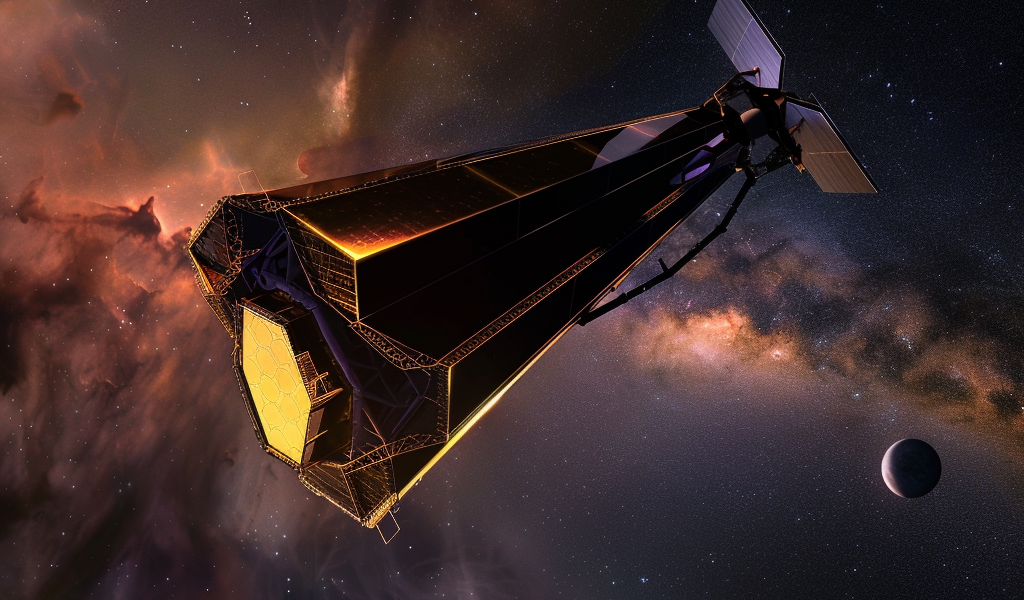Exciting news has emerged in the field of space exploration as scientists may be on the brink of discovering signs of life on another planet. The James Web Space Telescope, the largest of its kind ever sent into space, is gearing up to investigate a distant solar system after potential indicators were detected on one of its planets.
Reported by The Times, researchers have identified a gas in the atmosphere of a planet that could only be generated by living organisms. The planet in question is known as K2-18b and is situated under the Leo constellation orbiting a star called K2-18. K2-18 is estimated to be approximately half the size of the Sun, while the planet itself is about 2.6 times larger than Earth.
The discovery of dimethyl sulphide (DMS) gas in the planet’s atmosphere has sparked excitement among scientists as it suggests the possible presence of life. This gas is believed to have been produced by phytoplankton in marine environments, hinting at the existence of biological activity on K2-18b.
The James Webb Space Telescope is now poised to delve deeper into this intriguing find, offering hope for unraveling the mystery of life beyond our solar system. Stay tuned for more updates as scientists continue their exploration of the cosmos.





